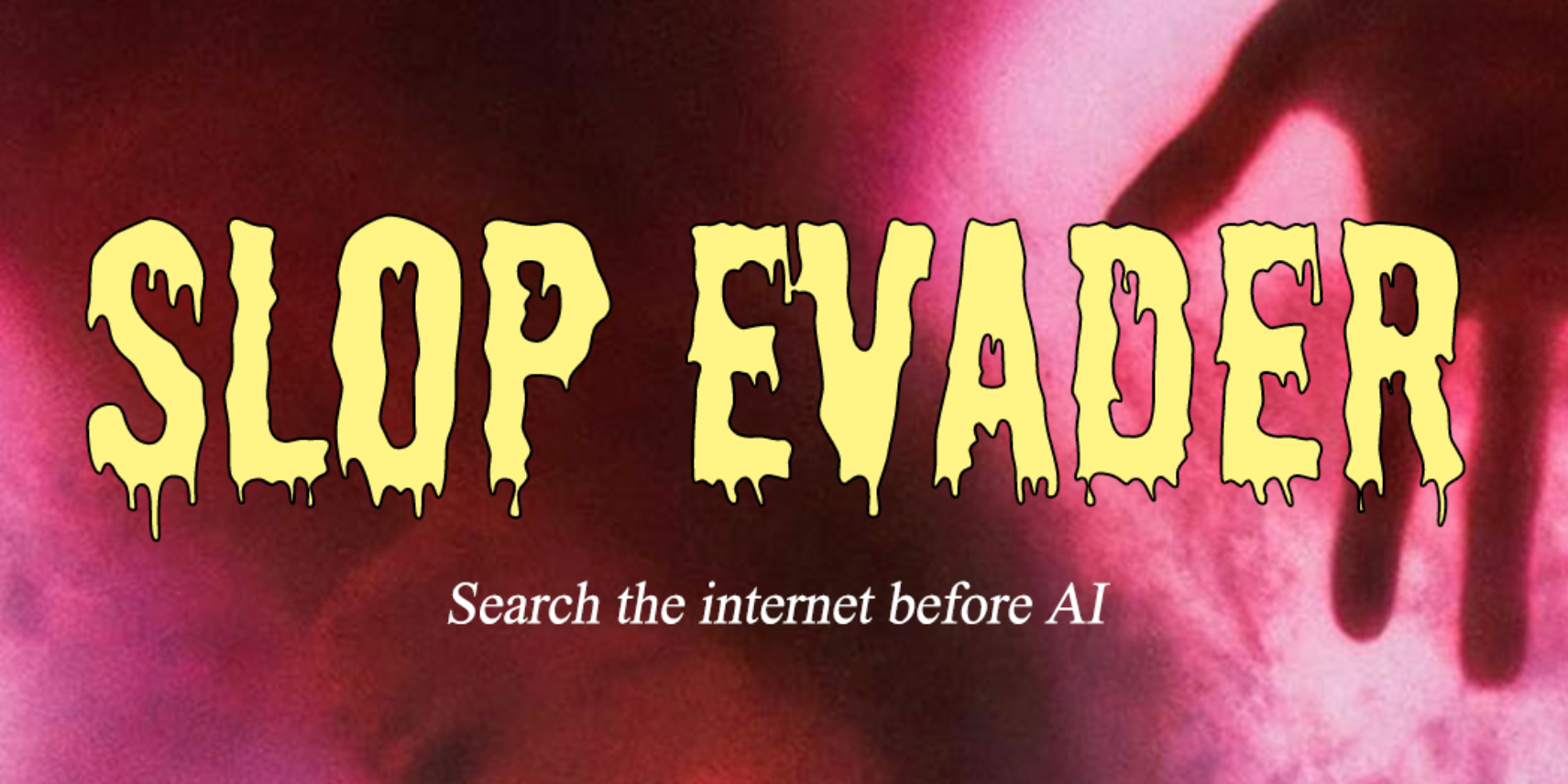
Zillow has stopped publishing climate risk ratings for sales listings that show the likelihood of properties being impacted by extreme weather, The New York Times reports. The feature introduced by the real estate listings site last year used data from risk-modeling company First Street to forecast which homes are most vulnerable to floods, wildfires, wind, extreme heat, and poor air quality, as climate conditions pose an increasing risk to properties.
The change came into effect earlier this month following complaints from the California Regional Multiple Listing Service (CRMLS) regarding the accuracy of First Street’s risk models. “Displaying the probability of a specific home flooding this year or within the next five years can have a significant impact on the perceived desirability of that property,” Art Carter, CRMLS chief executive officer, told The NYT.
Sales listings on Zillow now link users to First Street’s website instead, where they can manually find climate risk scores for specific properties. First Street data shows that millions more properties are at risk of flooding compared to government estimates.
There are a couple of topics in pop culture that I shouldn’t have strong opinions about, and yet I do. And every time they come back up, the impulse of I disagree with someone on the internet overwhelms my ability to fight back. One of them is that “Baby It’s Cold Outside” is not a Christmas song about sexual harassment, actually, and that’s a hill I will most likely die on.
The other is how Idiocracy isn’t actually about eugenics. In fact, it says the exact opposite of the thing that people most often complain that it’s about.
I saw this mentioned yesterday, and my first response was to helpfully direct the person to the Source of All Human Knowledge, this blog, where I already addressed the issue directly and decisively.
The problem with that post is that it’s unnecessarily argumentative, and I just come across like a big jerk. But while I was trying to formulate a less asinine and arrogant way to explain it, I realized that this not-particularly-insightful movie somehow just keeps getting more relevant to me. In fact, I think I was defending the movie while still not fully understanding the extent of what the movie was saying.
(Not to mention going off on a tangential tirade against “explainer” videos and the like, while I was attempting to give the definitive explanation of a movie).
Idiocracy comes right out of the gate with a narrator explaining its “problematic” premise: high IQ people stop having children, while low IQ people have too many children, which eventually results in a complete breakdown of society. We see a far-off dystopian future where everyone is obsessed with consumerism, vulgarity, inanity, all the worst aspects of 21st century society, magnified by thousands.
But it also comes right out of the gate mocking its own premise. The “high IQ” couple we’re shown at the beginning, who put off having children for the sake of their careers, eventually discovering its too late for them to have kids, are awful people. Irredeemably self-obsessed, focused on keeping up appearances, surrounded by increasingly ostentatious displays of conspicuous consumption.
They are absolutely not presented as models of proper society. And (slightly) more subtly: their offense isn’t that they’re not having “enough” children, since it’s clear they’d be pretty bad parents.
At the same time, we’re shown the “low IQ” family, who’ve had several children and are expecting more, and their lives are absolute chaos. Just like with the couple, their IQs are displayed clearly on screen.
Ever since I first saw the movie, I always took this to be an example of its absurd, lowbrow comedy and its broad, shotgun approach to satire: just say everything sucks, and eventually you’ll hit the right target. What I didn’t appreciate is that it was mocking its own premise, as it was presenting its premise. It was showing how absurd it would be to look at these two families and assume that the key differentiator between them was something as arbitrary as their relative IQs.
I guess that itself is part of the satire? Say something confidently enough, delivered with an authoritative narrator voice, and people — including me — won’t think too hard about it?
In any case, that’s really what the entirety of the movie is about, rejecting its own stated premise. The protagonists, played by Luke Wilson and Maya Rudolph, are the most thoroughly average man the army could find for its experiment, and a woman that they presume no one would expect anything from because she’s a prostitute.
When they reach the future, everyone either looks to him for leadership, or rejects him for “sounding gay,” because he’s so smart. Several times, characters treat him like a genius because his IQ is so unbelievably high. President Camacho himself looks to him for guidance, because his genius plan for saving America’s crops is to irrigate them with water instead of an energy drink. And that’s enough to qualify him for President of the United States.
He and Rita have the solutions everyone is seeking, not because they’re brilliant or even exceptional, but just because they use common sense. It’s certainly nothing that’s attributable to IQ, and certainly not to genetics.
Characters keep saying how smart they must be, on account of their high IQs, but these are the same people who’ve made “Ow! My Balls!” the most popular show on television.
To interpret Idiocracy as having any kind of “pro-eugenics” message requires believing that it says everything it has to say in the first 10 minutes or so, and then does nothing but riff on that for the rest of its run time. It means believing that a movie can’t introduce an absurd premise specifically for the purpose of mocking that premise.
So if I’m so confident as to what Idiocracy isn’t saying, then what is it actually saying? Honestly, for a long time, I assumed that it wasn’t saying much of anything. It was a broad, cynical-to-nihilistic satirical comedy, making fun of how much society is intent on dumbing itself down, but not offering anything resembling a solution.
As much as I’m annoyed by people using the movie as shorthand for the most vapid social commentary — I bet they didn’t intend Idiocracy to become a documentary, am I right?! — I have to admit that it wasn’t until I became so thoroughly disillusioned by the past two years that I was able to get a handle on everything it’s saying.
It’s overtly a snobs vs slobs movie, one that so thoroughly eviscerates the slobs that it’s easy to miss the fact that it’s mocking the snobs at the same time. I guess it’s easy to misunderstand satire if you’re one of its targets.
Ultimately, it’s a populist movie. And one of the things that’s been bugging me over the past several years has been how thoroughly political commentators have turned “populist” into a dirty word. Not overtly as the attempts to redefine “woke” and “diversity,” but no less effective.
In terms of party specifics: the GOP have been ham-fisted in their attempts to pit their mythical ideal of a “middle American” against the “coastal elites,” setting up an environment where the Democrats have been able to pull off One Weird Trick: they’ve spun attacks on the “elite” into attacks on the establishment, if not attacks on the very notion of expertise. Attacks which me must help defend against, with our votes and our donations.
Which means now, we’ve got a Democratic party that effectively appoints its own successors, since they control whether we even hear about candidates, much less get the chance to vote for them. And any time anyone with a genuinely progressive viewpoint comes forward — or hell, even centrists who are good public speakers, like Buttigieg — it’s treated as this radical outlying idea, instead of basic common sense.
Back to Idiocracy: the thing that ends up solving the crisis isn’t high IQ, or social class, or expertise, or anything that would make Luke Wilson’s character exceptional. It’s just common sense. So if you’re offended or made uneasy at the movie’s suggestion that something as arbitrary as IQ scores, or even worse, the idea that intelligence is inherited — good! You’re supposed to be offended by that. It means you’re at least part way towards appreciating how offensive it is to suggest that having the right people in charge and making all the decisions is the only thing keeping us from total societal collapse.
I mercifully don’t actually remember much about 2006, so maybe I’m being over-charitable to the movie, and it actually was just supposed to be nothing more than a reaction to the Bush administration, lamenting how awful it was to have stupid people in charge. But regardless of the intent, I think what keeps Idiocracy feeling so relevant isn’t just that we keep putting stupid people in charge, but that we seem to be oblivious to the real causes of our problems.
We’ll do just about anything — from blaming marginalized groups, to inventing bullshit theories about natural aptitude or eugenics, to rooting for charismatic politicians who’ll swoop in and Fix All the Problems — to avoid treating the path to progress as something as simple as common sense and collective responsibility. As I remember it, the characters in the dystopian future of Idiocracy weren’t just stupid, but willfully stupid. Lazy, easily distracted, obsessed with consumerism, and eager to look to other people for answers. It’s a society built on the philosophy of “not my problem.”
Which is relatable, when you’re in a system that seems to have been designed to keep us feeling disenfranchised and powerless. But maybe it really is as simple as recognizing that common sense has nothing to do with intelligence and sure as hell doesn’t have anything to do with genetics.
Perhaps inspired by All Streets, Ben Fry’s map of all the streets in the US, Nelson Minar built a US map out of all the rivers in the country.


Minar put all the data and files he used up on Github so you can make your own version.
[This is a vintage post originally from Jun 2013.]
Tags: Ben Fry · maps · Nelson Minar · timeless posts · USA

It’s hard to believe it’s only been a few years since generative AI tools started flooding the internet with low quality content-slop. Just over a year ago, you’d have to peruse certain corners of Facebook or spend time wading through the cultural cesspool of Elon Musk’s X to find people posting bizarre and repulsive synthetic media. Now, AI slop feels inescapable — whether you’re watching TV, reading the news, or trying to find a new apartment.
That is, unless you’re using Slop Evader, a new browser tool that filters your web searches to only include results from before November 30, 2022 — the day that ChatGPT was released to the public.
The tool is available for Firefox and Chrome, and has one simple function: Showing you the web as it was before the deluge of AI-generated garbage. It uses Google search functions to index popular websites and filter results based on publication date, a scorched earth approach that virtually guarantees your searches will be slop-free.
Slop Evader was created by artist and researcher Tega Brain, who says she was motivated by the growing dismay over the tech industry’s unrelenting, aggressive rollout of so-called “generative AI”—despite widespread criticism and the wider public’s distaste for it.


Slop Evader in action. Via Tega Brain
“This sowing of mistrust in our relationship with media is a huge thing, a huge effect of this synthetic media moment we’re in,” Brain told 404 Media, describing how tools like Sora 2 have short-circuited our ability to determine reality within a sea of artificial online junk. “I’ve been thinking about ways to refuse it, and the simplest, dumbest way to do that is to only search before 2022.”
One under-discussed impact of AI slop and synthetic media, says Brain, is how it increases our “cognitive load” when viewing anything online. When we can no longer immediately assume any of the media we encounter was made by a human, the act of using social media or browsing the web is transformed into a never-ending procession of existential double-takes.
This cognitive dissonance extends to everyday tasks that require us to use the internet—which is practically everything nowadays. Looking for a house or apartment? Companies are using genAI tools to generate pictures of houses and rental properties, as well as the ads themselves. Trying to sell your old junk on Facebook Marketplace? Meta’s embrace of generative AI means you may have to compete with bots, fake photos, and AI-generated listings. And when we shop for beauty products or view ads, synthetic media tools are taking our filtered and impossibly-idealized beauty standards to absurd and disturbing new places.
In all of these cases, generative AI tools further thumb the scales of power—saving companies money while placing a higher cognitive burden on regular people to determine what’s real and what’s not.
“I open up Pinterest and suddenly notice that half of my feed are these incredibly idealized faces of women that are clearly not real people,” said Brain. “It’s shoved into your face and into your feed, whether you searched for it or not.”
Currently, Slop Evader can be used to search pre-GPT archives of seven different sites where slop has become commonplace, including YouTube, Reddit, Stack Exchange, and the parenting site MumsNet. The obvious downside to this, from a user perspective, is that you won’t be able to find anything time-sensitive or current—including this very website, which did not exist in 2022. The experience is simultaneously refreshing and harrowing, allowing you to browse freely without having to constantly question reality, but always knowing that this freedom will be forever locked in time—nostalgia for a human-centric world wide web that no longer exists.
Of course, the tool’s limitations are part of its provocation. Brain says she has plans to add support for more sites, and release a new version that uses DuckDuckGo’s search indexing instead of Google’s. But the real goal, she says, is prompting people to question how they can collectively refuse the dystopian, inhuman version of the internet that Silicon Valley’s AI-pushers have forced on us.
“I don’t think browser add-ons are gonna save us,” said Brain. “For me, the purpose of doing this work is mostly to act as a provocation and give people examples of how you can refuse this stuff, to furnish one’s imaginary for what a politics of refusal could look like.”
With enough cultural pushback, Brain suggests, we could start to see alternative search engines like DuckDuckGo adding options to filter out search results suspected of having synthetic content (DuckDuckGo added the ability to filter out AI images in search earlier this year). There’s also been a growing movement pushing back against the new AI data centers threatening to pollute communities and raise residents’ electricity bills. But no matter what form AI slop-refusal takes, it will need to be a group effort.
“It’s like with the climate debate, we’re not going to get out of this shitshow with individual actions alone,” she added. “I think that’s the million dollar question, is what is the relationship between this kind of individual empowerment work and collective pushback.”

To celebrate the 35th anniversary of the Super Nintendo’s launch in Japan (where it was called the Super Famicom) designer Gustavo Bonzanini created an homage that blends ‘90s fashion and technology. The AIR SNES are a heavily customized version of the Nike Air Max 90 inspired by other gaming-themed sneakers like Bull Airs’ ShoeBoys, but Bonzanini’s creation doubles as a functional retro console.
Given the size of the Super Nintendo, and the chunky cartridges it used, Bonzanini decided against trying to trim down and shrink the console’s electronics to fit inside a shoe that was still wearable. They instead opted to go the emulation route and used a compact Raspberry Pi Zero W. It has more than enough processing power to play 16-bit SNES games using the RetroPie emulator that Bonzanini customized to match the look and feel of the sneaker.

But you won’t find the microcomputer hidden away in the sole of the Air Max 90. All of the electronics, including a battery with enough capacity for up to 30 minutes of gameplay, can be found inside the sneaker’s tongue. The Raspberry Pi Zero W includes an integrated Mini HDMI port, but to “make the design feel like it could exist in 1990,” Bonzanini added a small analog converter so the AIR SNES connects to a TV using retro RCA cables.

The sneakers even work with an original SNES gamepad, but to keep the cable wrangling to a minimum Bonzanini upgraded the controller using an 8BitDo Mod Kit so it connects to the Raspberry Pi wirelessly over Bluetooth. Given the ever-growing popularity of retro gaming nostalgia and sneaker culture there’s little doubt Bonzanini could sell as many pairs of AIR SNES as they could make. But unfortunately they’re just a one-off creation with no plans to commercialize the design.